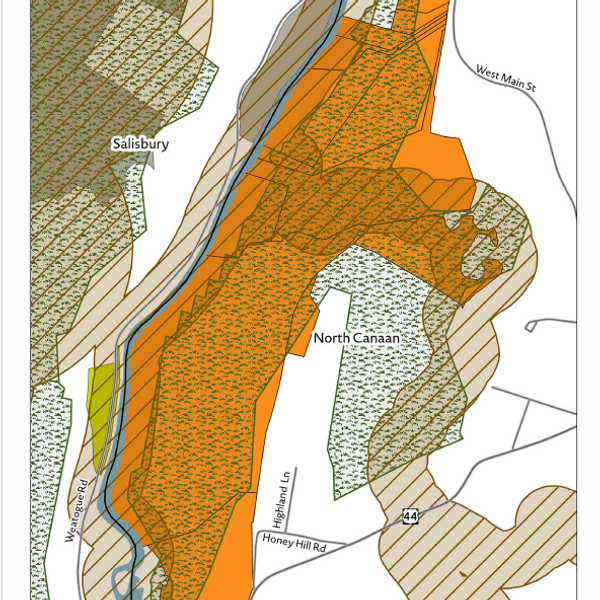A new year, a new scramble to keep up with soaring egg prices, bird flu crisis

Theresa Freund, manager of Freund’s Farm Market and Bakery in East Canaan, said the price for 15 dozen large eggs has risen by about $10 dollars every week, with no sign of slowing down.
Debra A. Aleksinas
 The Freund flock in its protected enclosure.Debra A. Aleksinas
The Freund flock in its protected enclosure.Debra A. Aleksinas
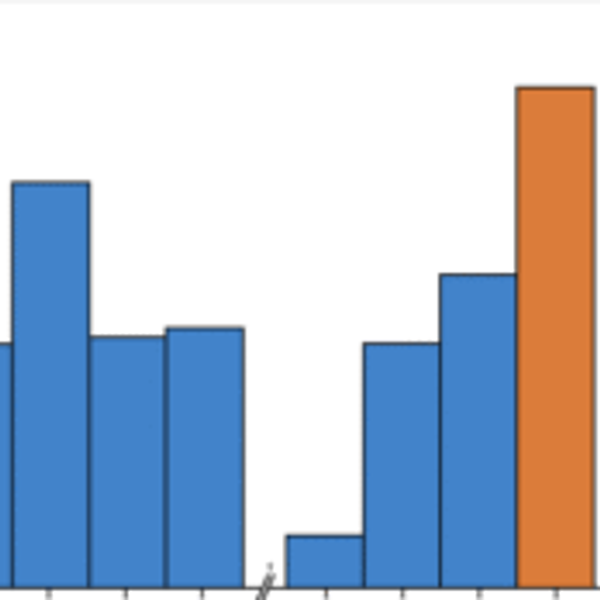
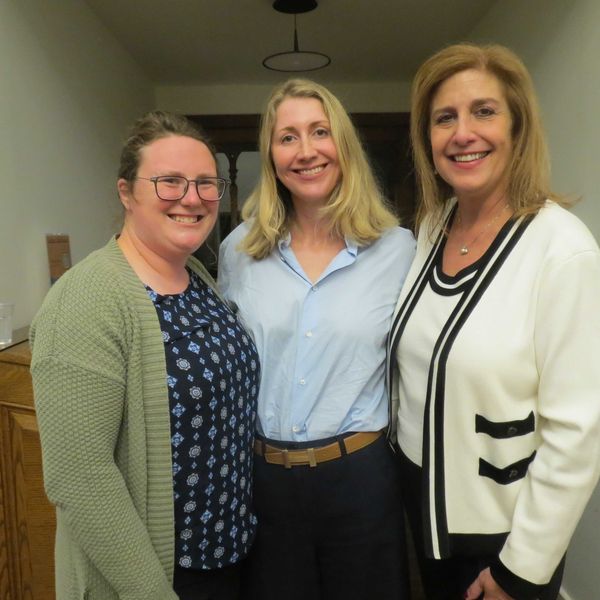

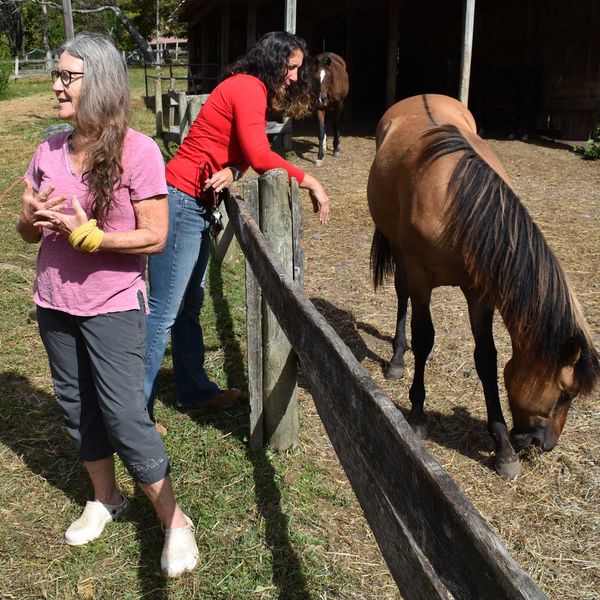


 Cornwall Consolidated School seventh graders take part in a project honoring Naomi Freeman, Cornwall’s first Black female landowner,Lakeville Journal
Cornwall Consolidated School seventh graders take part in a project honoring Naomi Freeman, Cornwall’s first Black female landowner,Lakeville Journal
 Titan, a four-month-old service dog in training, greeting the Sher brothers, Eli and Noah, at the Hunt Library Wednesday, April 16. By Patrick L. Sullivan
Titan, a four-month-old service dog in training, greeting the Sher brothers, Eli and Noah, at the Hunt Library Wednesday, April 16. By Patrick L. Sullivan A heavily modified 1951 Ford F1 pickup truck on display during the Car and Motorcycle Show in July. By Patrick L. Sullivan
A heavily modified 1951 Ford F1 pickup truck on display during the Car and Motorcycle Show in July. By Patrick L. Sullivan 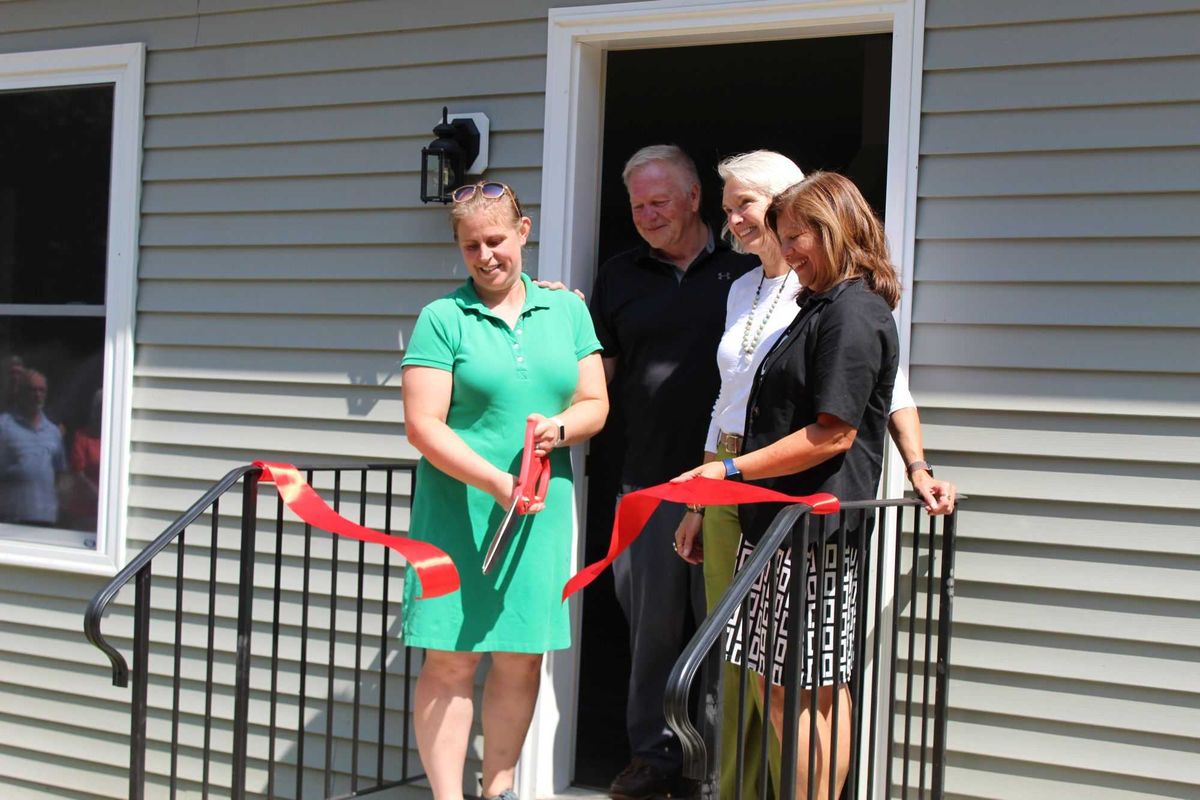
 The Rev. Heidi Truax retired after 16 years at the helm of Trinity Episcopal Church in Lime Rock.By Patrick L. Sullivan
The Rev. Heidi Truax retired after 16 years at the helm of Trinity Episcopal Church in Lime Rock.By Patrick L. Sullivan The summer reading program at the Scoville Memorial Library wrapped up Aug. 23 with an emphasis on bubbles. Lots of bubbles.By Patrick L. Sullivan
The summer reading program at the Scoville Memorial Library wrapped up Aug. 23 with an emphasis on bubbles. Lots of bubbles.By Patrick L. Sullivan





